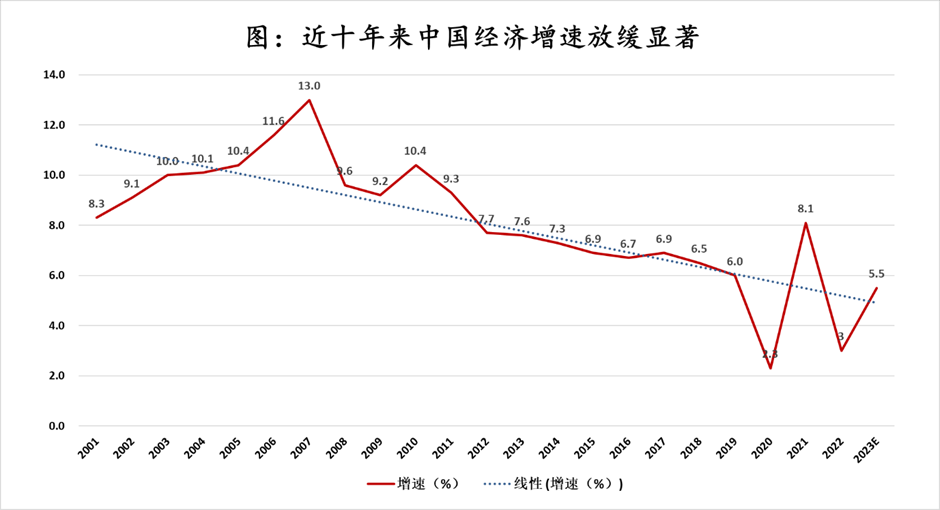To achieve comprehensive poverty alleviation, the Chinese government has incurred significant costs. From 2013 to 2021, over 8 years, central, provincial, and local governments have invested nearly RMB 1.6 trillion in special poverty alleviation funds, with the central government contributing RMB 660.1 billion yuan. Since the initiation of the poverty alleviation campaign, there has been a cross-provincial adjustment of land quota indicators and the intra-provincial transfer of funds exceeding RMB 440 billion. Additionally, over RMB 710 billion has been disbursed in small-scale poverty alleviation loans, RMB 668.8 billion in poverty alleviation refinancing, and RMB 9.2 trillion in targeted poverty alleviation loans. Furthermore, the provinces and municipalities in the eastern part of the country have provided more than RMB 100.5 billion in financial aid and social support to poverty-stricken areas, while enterprises from these regions have collectively invested over RMB 1 trillion in poverty-stricken cooperative areas. The substantial resources invested by the country, regions, and society constitute the critical foundation for achieving comprehensive poverty alleviation.
However, due to China's large population, significant regional disparities, and marked urban-rural differences, even if comprehensive poverty alleviation is achieved at a specific point in time, completely escaping poverty and transitioning to sustainable development remains a challenging task given the country's relatively fragile foundation. Particularly, as the Chinese economy experiences a notable slowdown, ensuring there is no "reverting to poverty on a larger scale" poses a challenge.
In fact, over the past decade, China's economic growth has markedly decelerated. Since slowing from 9.3% in the previous year to 7.7% in 2012, its economic growth has not exceeded 8% in any year, with most years seeing growth rates below 7%, except for 2021, when it reached 8.1% due to base effects. According to researchers at ANBOUND, from 2013 to 2022, the average annual economic growth rate in China was only 6.2%. Especially in the last three years, this has been severely impacted by the COVID-19 pandemic, reaching its lowest growth rate in 34 years at one point. This exerts significant pressure on China's sustained efforts to eradicate scale-based poverty.
Figure: Significant Deceleration in China's Economic Growth Rate Over the Past Decade

Source: National Bureau of Statistics. Chart plotted by ANBOUND.
There are good reasons for China to be vigilant in this regard. If the economic growth rate continues to be sluggish, businesses struggle to develop, and the employment stability and declining incomes of ordinary people become persistent issues, then maintaining a position above the poverty line for an extended period will become daunting. The best way to prevent a scale-driven return to poverty is to sustain economic growth, especially in rural areas, which should align with rural revitalization efforts. The continuous development of both urban and rural economies is crucial for establishing a solid foundation to maintain the comprehensive poverty alleviation status.
Looking back at the impact of the COVID-19 pandemic on the country and the challenging economic recovery in China in 2023, there is ample reason to be concerned. If the Chinese economy cannot stabilize its growth at a certain level, an economic slowdown may be accompanied by the onset of "scale-driven return to poverty." Since 2021, researchers at ANBOUND have consistently emphasized that economic issues are the most significant challenges in China. Particularly in 2022, when pandemic control measures were stringent, we noted the potential rupture in the resilience of the Chinese economy. ANBOUND even suggested that, in contemporary China, economic issues constitute the country's most significant political problem. While many in the market believed that China's economic recovery after the pandemic was inevitable in 2023, we argued that the economic damage inflicted and the global supply chain restructuring could not guarantee China's post-pandemic economic recovery.
Against this backdrop, the possibility of a resurgence of poverty in China should not be taken lightly. While such an occurrence in rural areas is visible, it might not be as noticeable in urban areas. For urban areas, particularly among high-debt individuals mostly related to housing purchases, those facing implicit unemployment, and the young population with an unemployment rate exceeding 20%, all these would need to be given focus on.
Final analysis conclusion:
When economic recovery shows signs of sluggishness, the recently alleviated poverty issues in China may resurface. The country needs to pay close attention not only to the return to poverty in rural areas but also to the emergence of new impoverished groups within the urban system.
